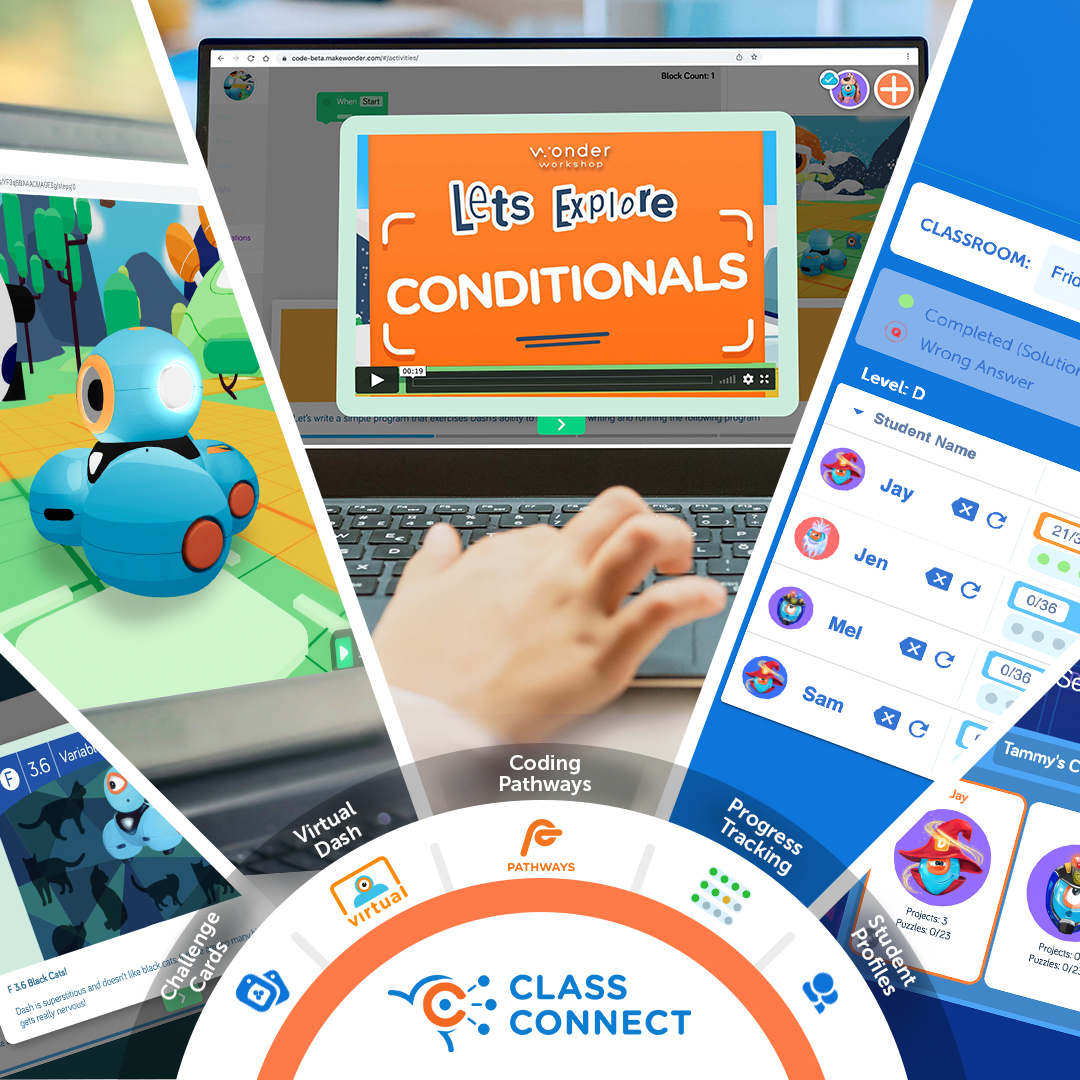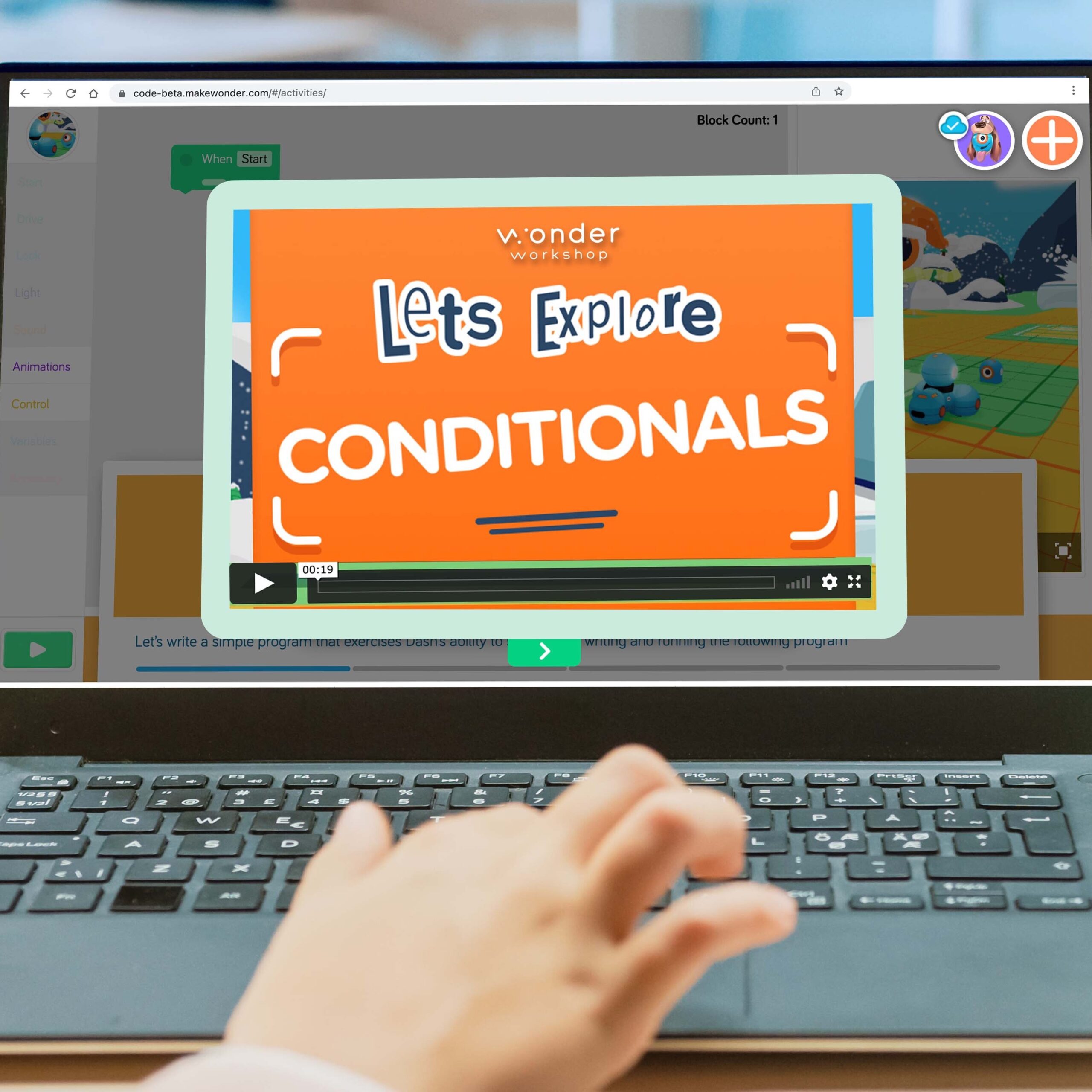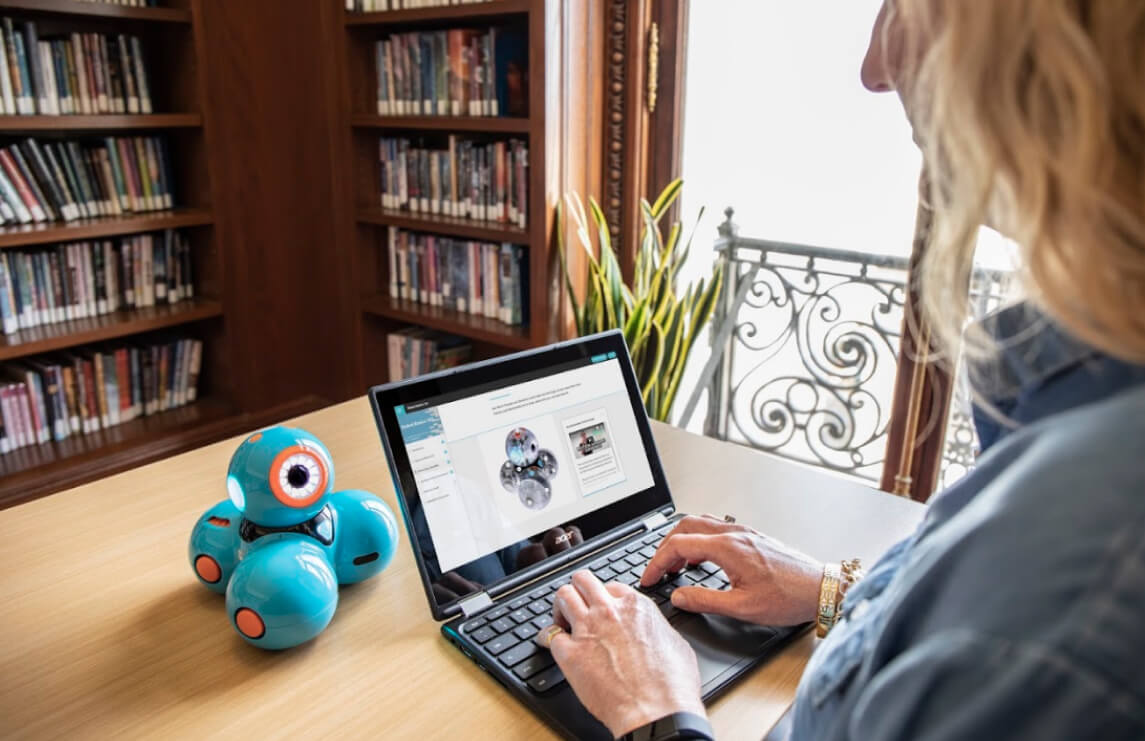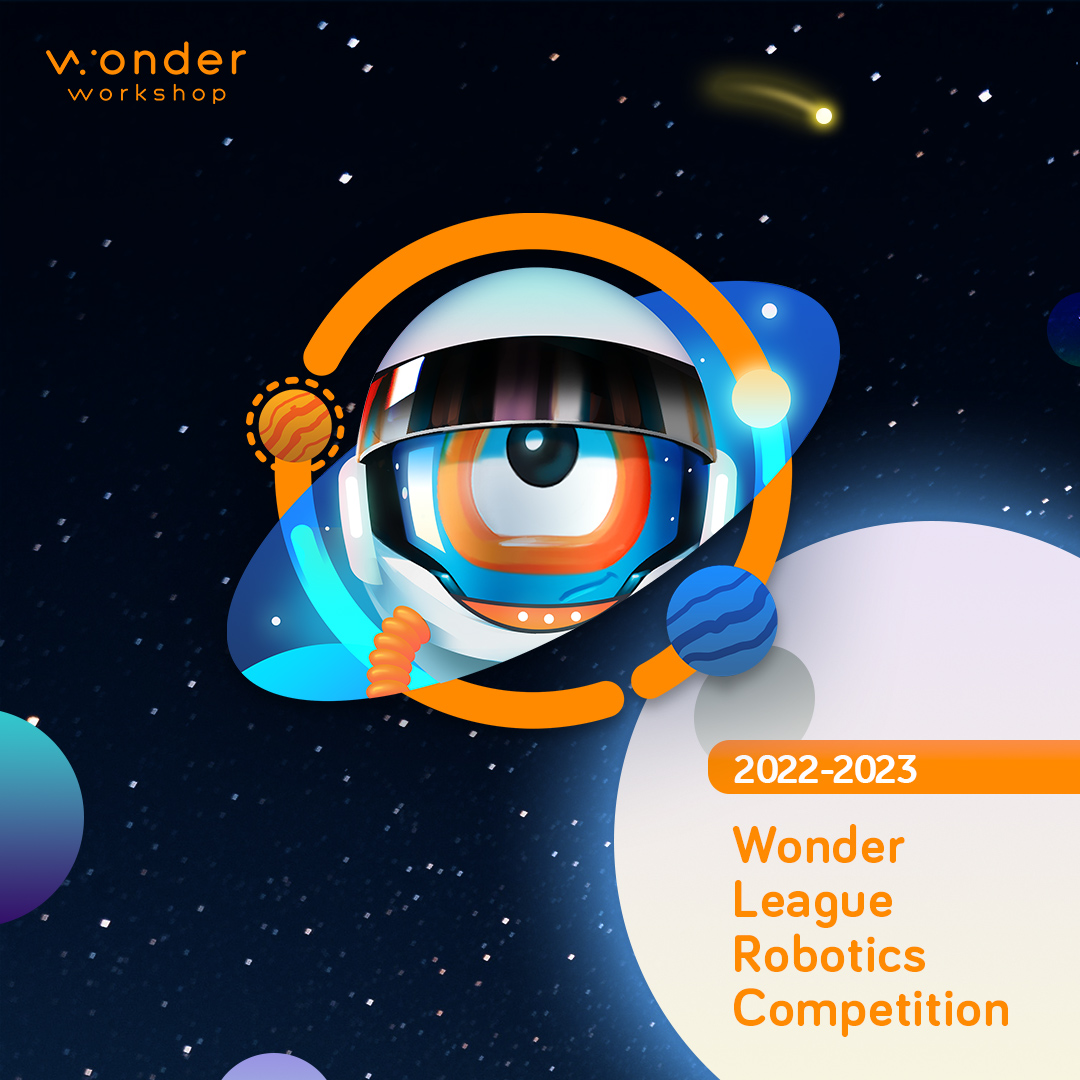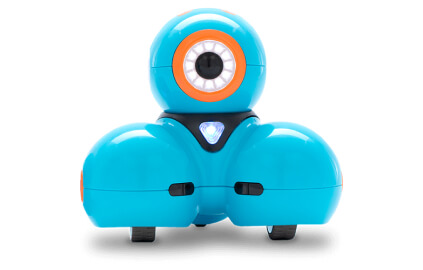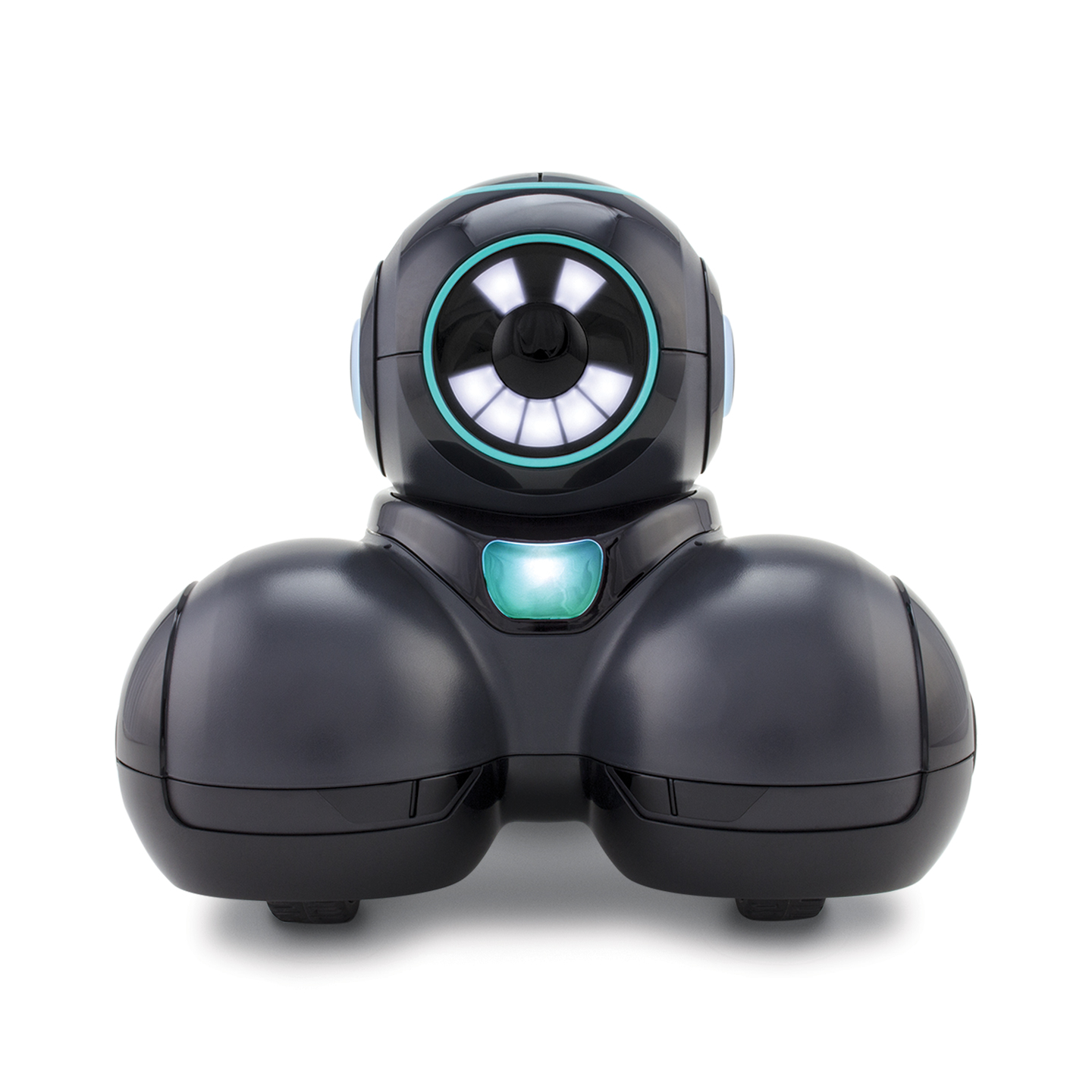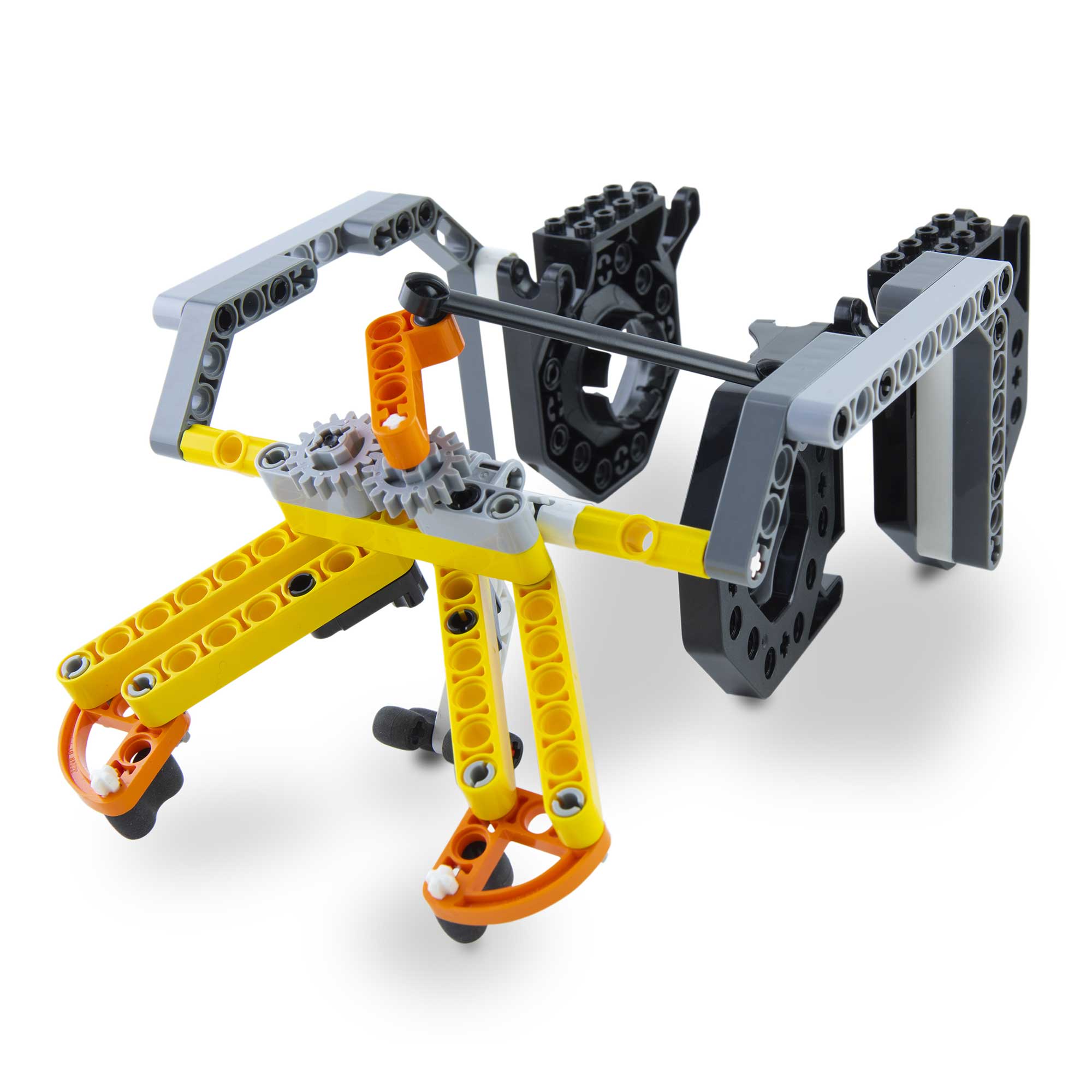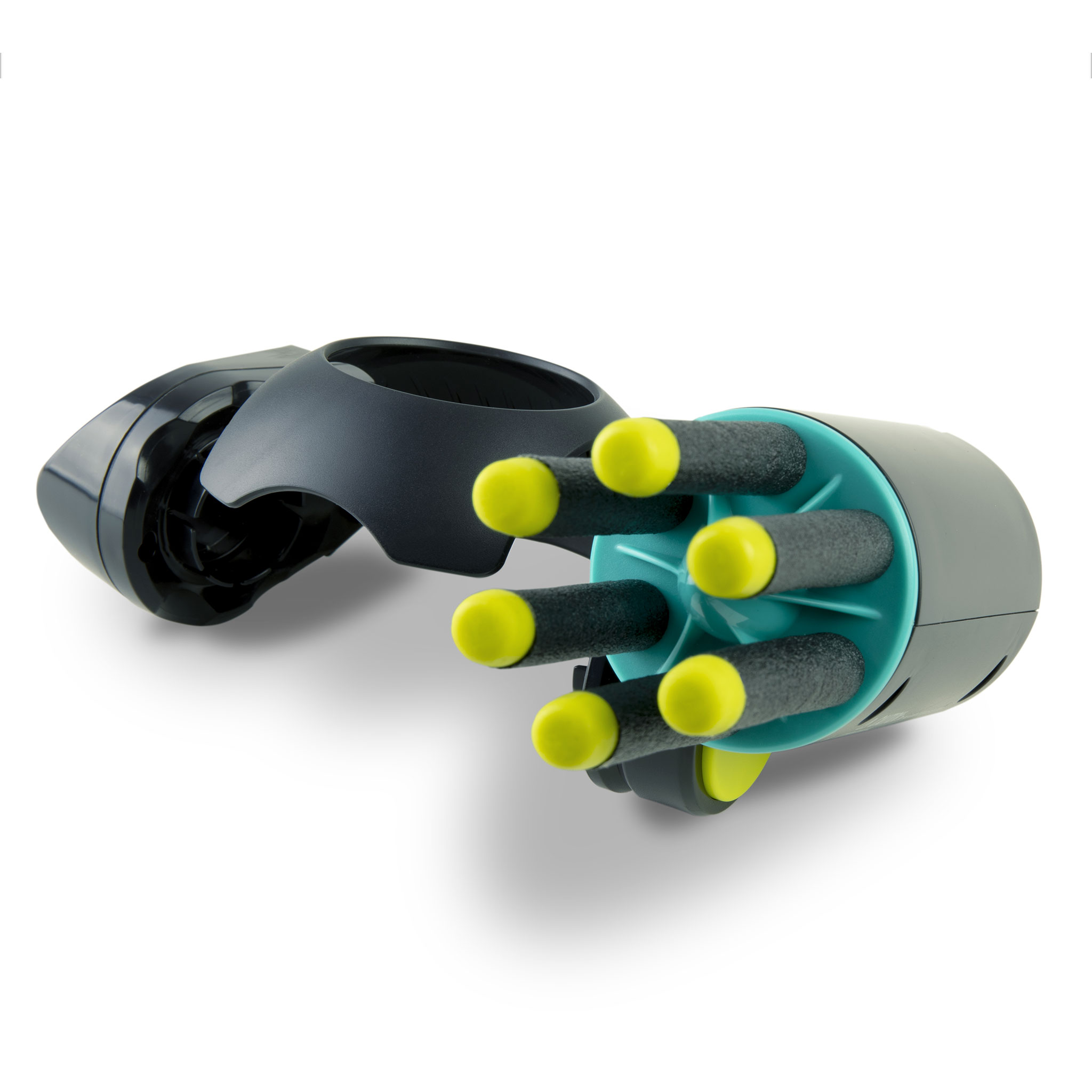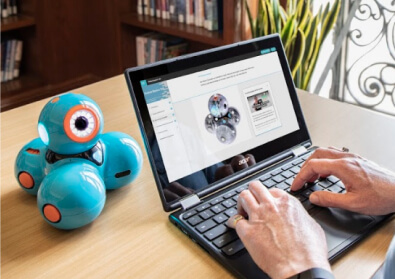Learning A New Language
In recent years many language studies have been performed which have shown the benefits of learning a new language as a child. Prior to these findings it was thought that teaching foreign languages to young children would cause language confusion, language deficit or language delay in their native language. These same studies found that the most effective means to teach a new language is to place children into an environment in which they are immersed in the foreign language.

Typically, when people think of languages they instinctively think of spoken languages such as English, French, Spanish, Russian, and so forth. There are other types of languages, however, such as mathematics, that span internationally across borders yet remain universally understood, even when the spoken language differs. Programming and coding for computer systems are the same concept and fall somewhere in between a mathematical language and a verbal language. Programming is a universal language like mathematics, but there are different programs that each have their own style. Some programming languages include, Java, Python, C++, and many others.
While programming languages might seem more confusing to adults that have never dabbled in them, they are much easier for children, with a still-developing understanding of the world and its limitations, to comprehend.
Benefits For Children that Learn Programming and Coding
A few of the benefits that children can experience while learning to code can include an increased ability for critical thinking, problem solving skills, the courage to try new and difficult tasks, math skills, and more. Perhaps one of the most important aspects that young children can benefit from being taught how to code and program is the chance to overcome gender barriers. It is a known disparity that most coders and people in the programming world are men. One potential solution to combat the gender imbalance in professional coding is to introduce coding to children, both boys and girls, early on in their development before the concept of stereotypes forms. This way, coding isn’t seen as “a boy thing” but rather as a “school thing” just like math and science in general.
Concepts To Introduce Children To Programming
A prominent obstacle to teaching many children new concepts is the lack of interest to hold their attention, or the relevance of the new concept to their life. Perhaps the most effective way that parents, and educators alike, have found to entice children into learning is through the incorporation of games, be it virtual games or real-world games. Relating current educational topics to ideas that are already cemented in a child’s world can make the concept much easier to understand. Most parents have probably heard of the game Minecraft, considered one of the most popular games of 2020.

What most parents and educators may not know, however, is that Minecraft can be an excellent foundation to introduce children to the concept of coding and programming. In the game there is an item called redstone, which is used to create a circuitry of sorts, via the use of cooperating objects in linear planes. Sound familiar? If a child wonders how coding and programming could possibly be relevant to their world, try to explain to them that they’ve already been implementing these same concepts in Minecraft.
Similar to Minecraft in the way children are left to their creativity to build a world of their own, try to introduce the same concept of endless possibilities with coding. Children love to explore and experiment with anything new that interests them, so once they have a grasp on the process of coding, let them go and see where they end up. What they discover and create might be surprising.
Activities To Teach Children Coding Concepts

In the previous section Minecraft was already used to introduce children to the concept of coding, but there are other ways of introducing the concept to children as well. One way in which children can have a fun, hands-on, experience with computer programming is with Dash and Cue. These tools can help kids get a glimpse into the world of endless possibilities with computer programming by enabling kids to create their own little friend and bring them to life through code. By removing code from the abstract realm and placing it into the physical world in front of them, kids will be able to visually see how code works and what value each line brings to the entire function of a computer. Additionally, by using these cute little robots, kids will also be able to see the effects of a messy code as well as coding errors and the effects that errors can have on the computer, or in this case, the robot.
If, for whatever reason, jumping into coding with robots seems a bit too intimidating for a young child but the concept of introducing coding at a young age is still alluring, then try introducing codeless forms of robotics. One such form of codeless robots, or bots in this case, is known as Robotics Process Automation. Now it’s not necessary for a child to understand all the nuances of Robotics Process Automation (or RPA), but it would prove beneficial for parents and educators interested in pursuing this concept to brush up on it. Luckily many providers of RPA technology offer free trials so educators and parents can preview it for themselves at no cost and decide whether or not this might be what they’re looking for.
Essentially, RPA is a form of automation that can scale with as many or as few computer bots as necessary to perform a given task. This form of codeless automation would be beneficial to introduce to children because it is something that is currently leveraged in the real-world workforce, often known as the Digital Worker. The simplicity of RPA and why it is useful to introduce to children is that it uses code to perform computer tasks, yet there is no actual code that is input. Instead, all functions are input via a linear drag-and-drop interface, similar in concept to PowerPoint. Some forms of RPA have an even cooler function, functions can be input via a screen-recording feature in which the bot will mimic the actions of the user without the user actually having to create a line of functions.
Lastly, if both these options either don’t seem interesting or are a bit inhibitive for one reason or another, try to look into non-profit organizations that provide certain courses to teach coding, such as Code.org or Wonder Workshop’s free K-5 Learn to Code Curriculum Library. AT&T has a short and sweet Beginners Coding Guide to help students start to learn some of the basic concepts and terminology and can be used as a starting point.
While these activities and courses can be great starters to introducing the concept, there is still no substitute for getting kids away from the screen and teaching them skills using concrete examples that they can interact with. Encouraging them to imagine the scope of possibilities and letting kids go experiment and push the boundaries of their knowledge is the best way to teach kids and keep them interested in the concept of coding.
